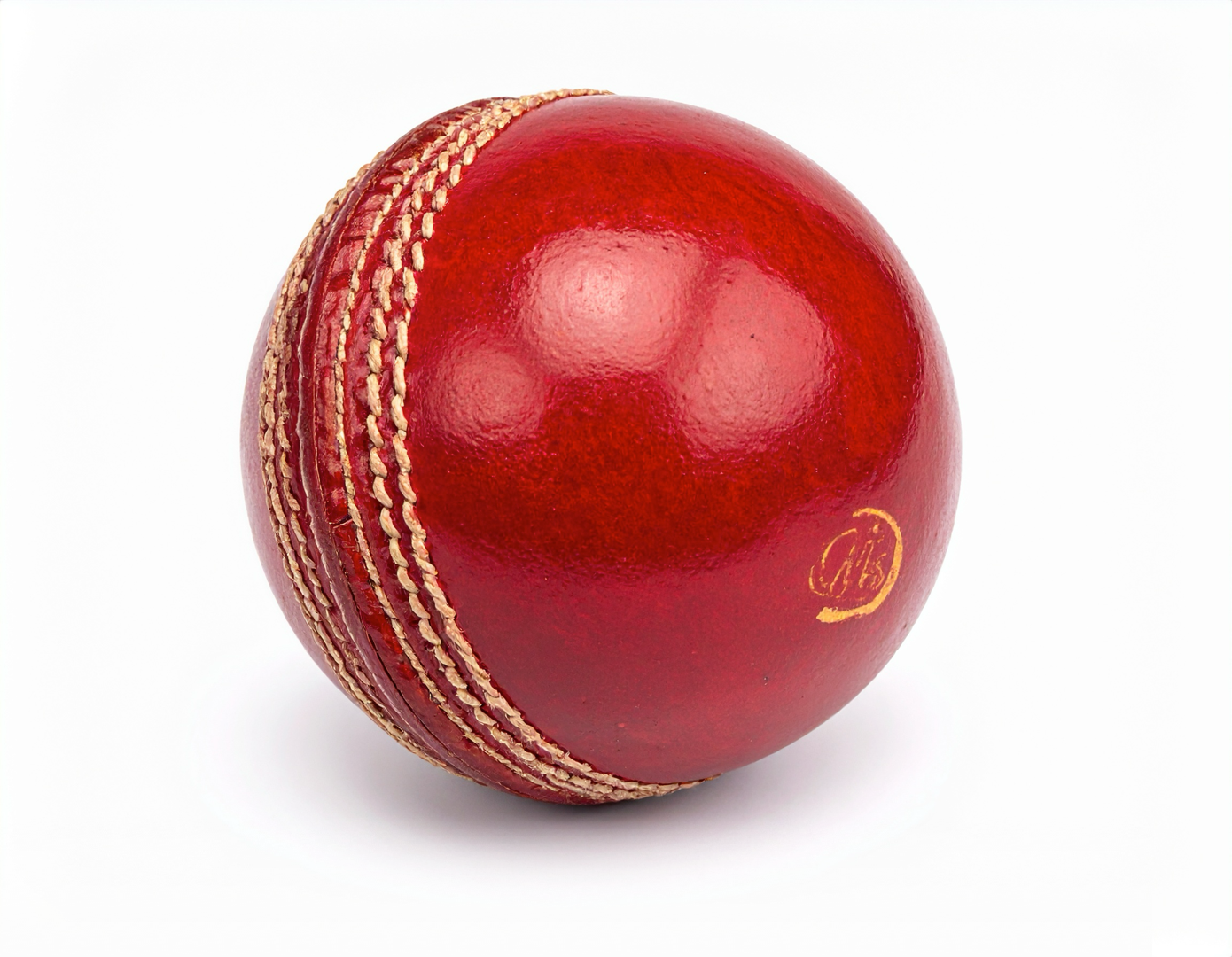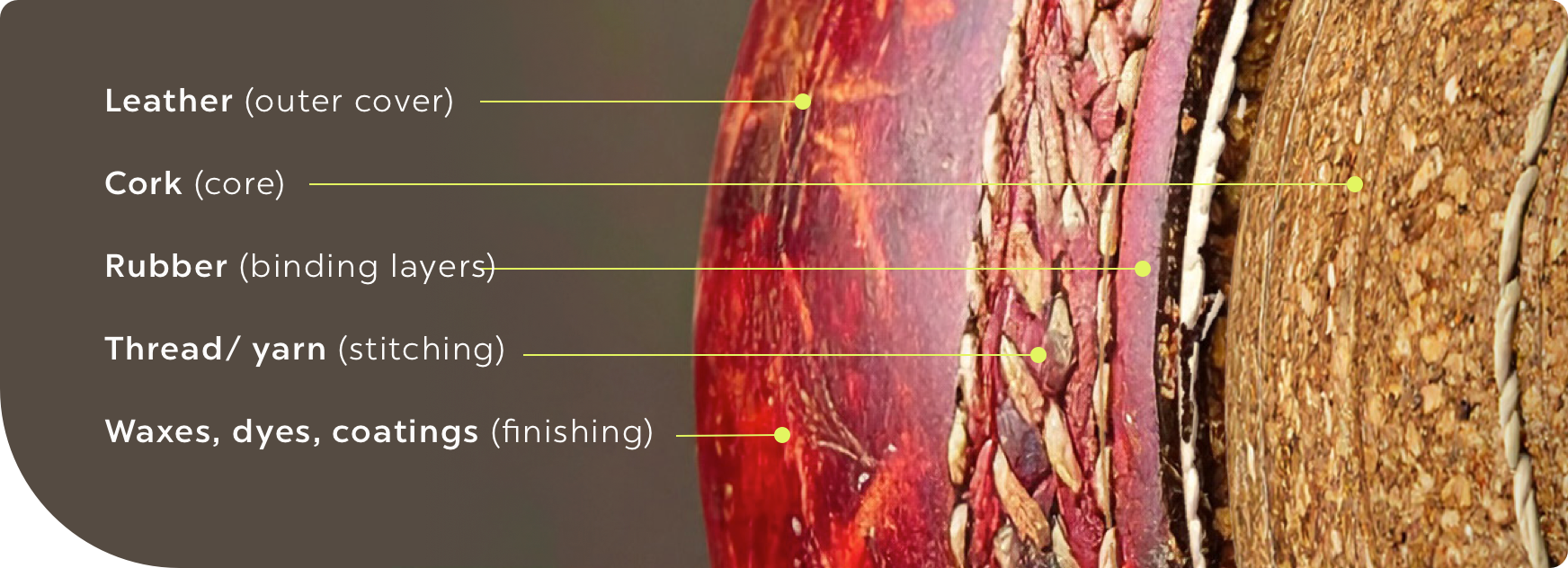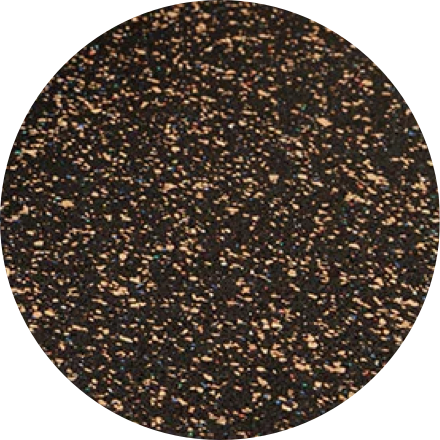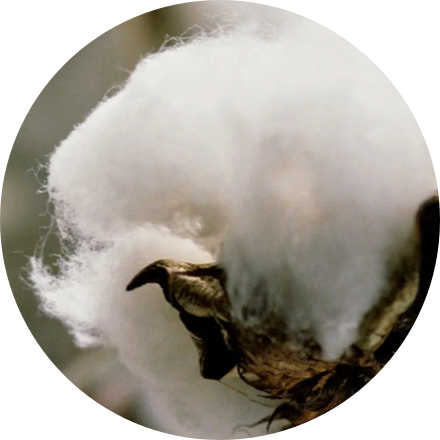The Supply Chain
Of A Cricket Ball


Objective
Cricket Australia partnered with FRDM.ai to monitor its supply chain for human rights risk and analyze one of its most iconic purchases:
the cricket ball
With approximately 10,000 balls purchased annually, this single product offers a clear window into the complex, global supply chains that underpin Australian sport and the hidden human rights risks within them.
PRODUCT GENOMICS
Looking Inside a Cricket Ball


CRITICAL FINDING
High-Risk Materials in Every Cricket Ball
MATERIAL RISK DEEP DIVE:
Leather
Leather represents the highest-risk component in cricket balls. The tanning industry across major production countries presents severe challenges:




Cricket Australia discovered that even balls from established manufacturers connect to these high-risk tanning regions through their leather supply chains.
Rubber


Cotton




Why ThisMatters forAustralian Cricket
Australia’s Modern Slavery Act requires organizations to identify and address risks in their supply chains.
For cricket balls specifically:
The Scale Of Impact
=
Thousands of workers affected
Chemical workers in tanneries handling chromium and acids.Textile workers processing cotton for thread and backing.Hand-stitchers working 8+ hour shifts for below-subsistence wages.Children in informal workshops missing education for pennies per day
From Risk Identification to
Action
MATERIAL RISK DEEP DIVE:
The Power of Supply Chain Transparency
Every Test match, every Big Bash game, every junior cricket program uses equipment that connects to global supply chains. Understanding these connections represents the first step toward ensuring that Australia’s beloved sport doesn’t inadvertently contribute to human exploitation.
ADITIONAL DATA

- 87% of global cricket ball exports from India - Volza export data showing India’s cricket ball exports
- 30,107 shipments annually - Volza India export database
- 96% of production in South Asia - Calculated from India (87%) + Pakistan production data
- 10,000 workers in cottage industries across 30 villages - Indian Institute of Management Bangalore (IIMB) case study on Meerut cricket ball industry
By providing comprehensive mapping, real-time monitoring, and collaborative features, FRDM.ai stands as a pivotal solution for resilient and responsible supply chain management.











